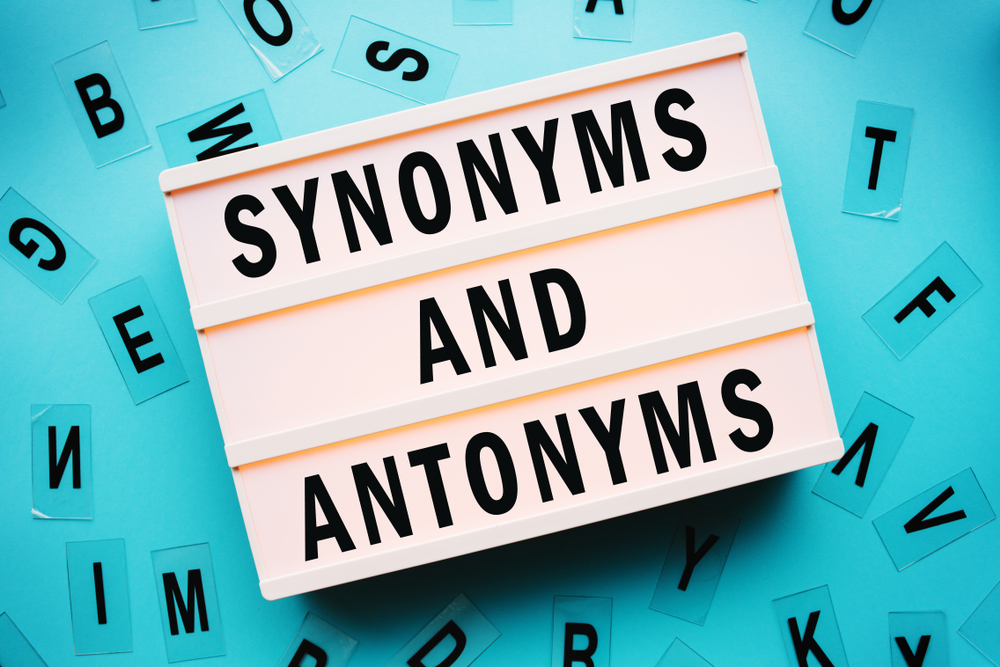Fine Motor Skills Normal Building Vocabulary Worksheets for Ages 4-6
6 filtered results
-
From - To
Our "Fine Motor Skills Normal Building Vocabulary Worksheets for Ages 4-6" are designed to seamlessly combine vocabulary enhancement with fine motor skills development. Engaging activities like tracing, matching, and simple puzzles help your child improve their vocabulary while strengthening hand-eye coordination, finger dexterity, and writing skills. Perfect for preschool and kindergarten children, these worksheets offer a fun, educational experience to support early reading and writing success. Give your child a head start by helping them build essential skills with our expertly crafted, age-appropriate worksheets. Explore our diverse collection today and watch your child thrive!


Fish Worksheet
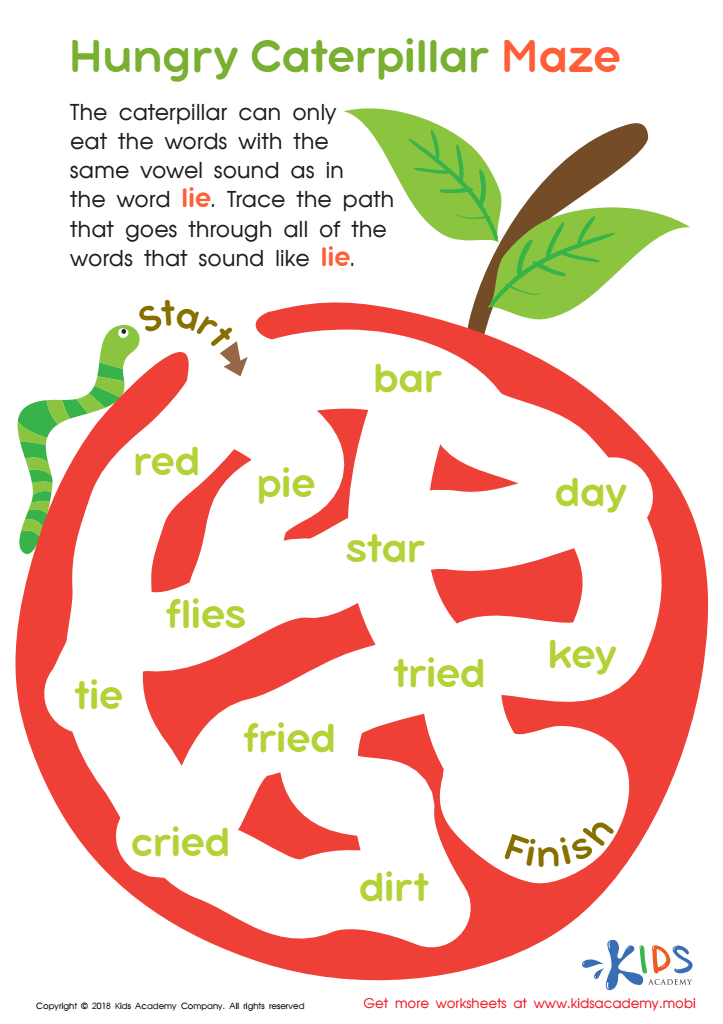

Hungry Caterpillar Maze Worksheet
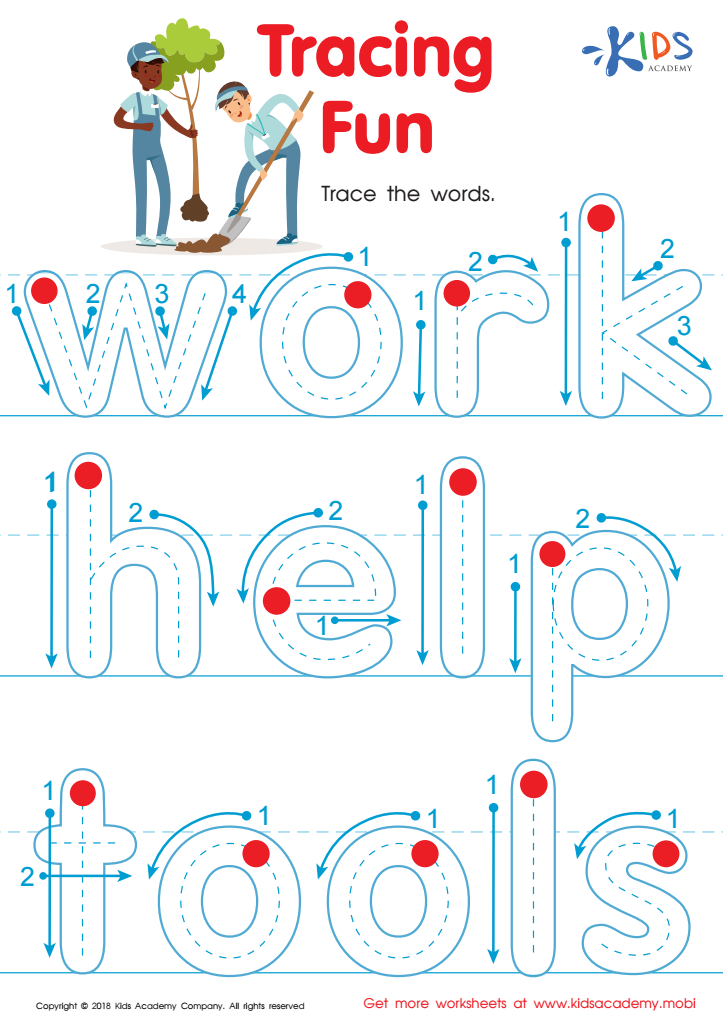

Tracing Fun Worksheet
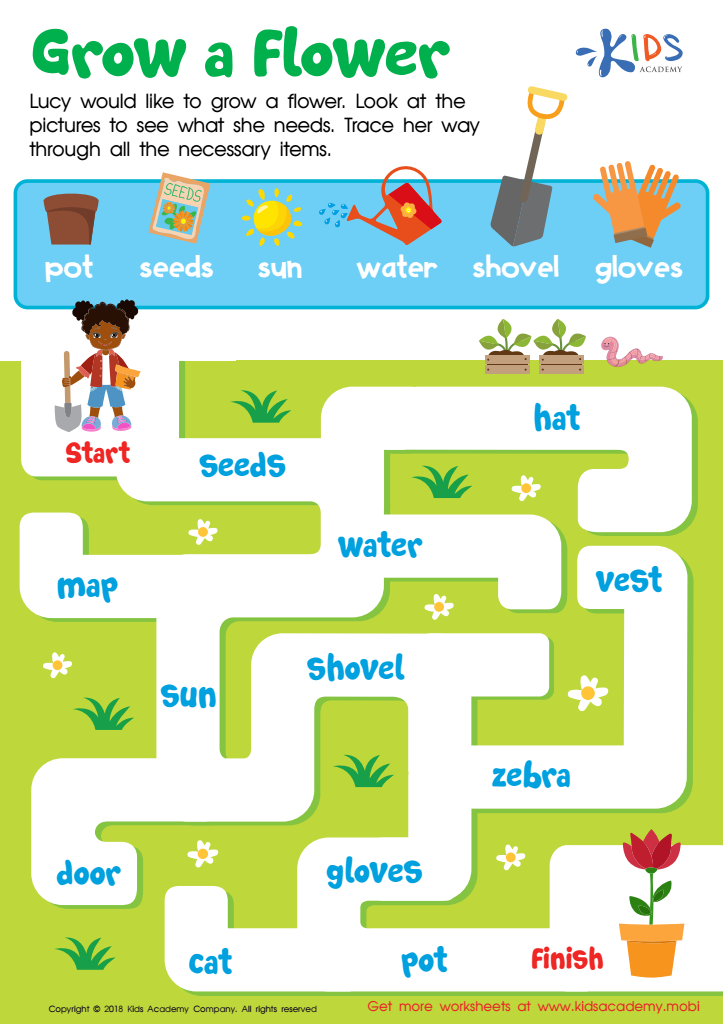

Grow a Flower Worksheet


Baby, Boat, Bird Worksheet Sight Words Worksheet


Pair Pears Worksheet
Parents and teachers should prioritize the development of fine motor skills and vocabulary for children aged 4-6 because these abilities lay a crucial foundation for future learning and everyday tasks. Fine motor skills, involving the coordination of small muscles in the hands and fingers, are essential for self-care activities such as buttoning clothes, tying shoelaces, and feeding themselves. In an academic context, fine motor skills enable children to write legibly, cut with scissors, and manipulate classroom tools, which are foundational tasks that enhance autonomy and confidence.
At this age, children are also rapidly developing their vocabulary, which is vital for effective communication and academic success. A rich vocabulary allows children to express their thoughts, feelings, and needs more clearly, enhancing their social interactions and emotional development. Additionally, vocabulary development is closely linked to reading comprehension and overall literacy. A robust vocabulary will facilitate easier learning in subjects like math, science, and social studies, as children with a wider range of words can better understand instructions and concepts.
Prioritizing these developmental milestones helps ensure that children are not only ready for future academic challenges but are also prepared for the multifaceted demands of everyday life. As a result, supporting fine motor skill development and vocabulary expansion sets children on a path toward comprehensive, lifelong success.
 Assign to My Students
Assign to My Students
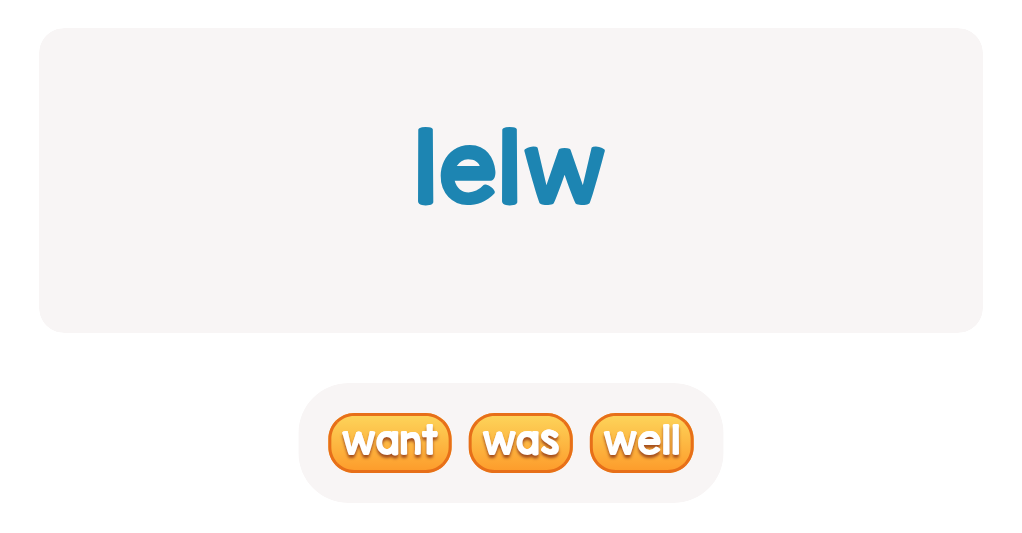
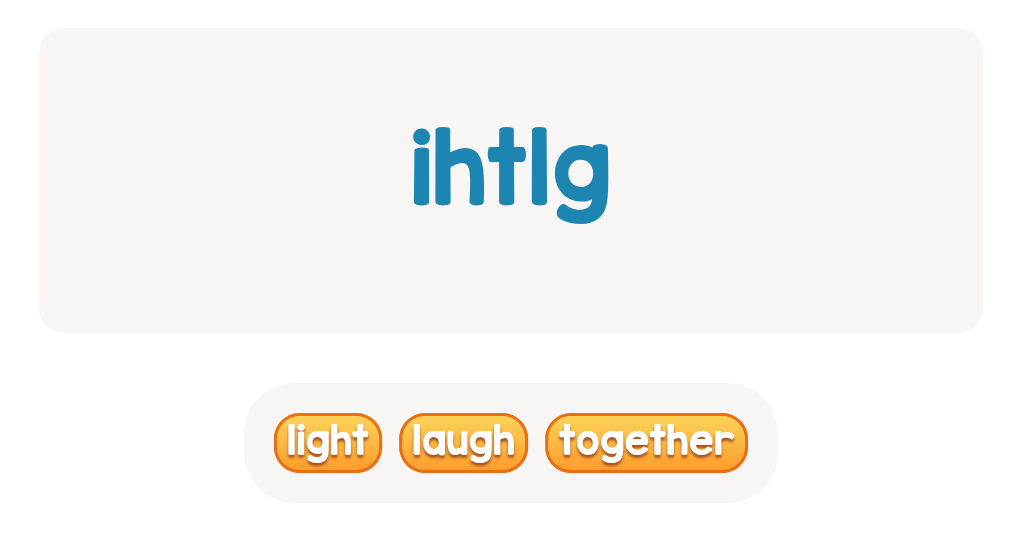
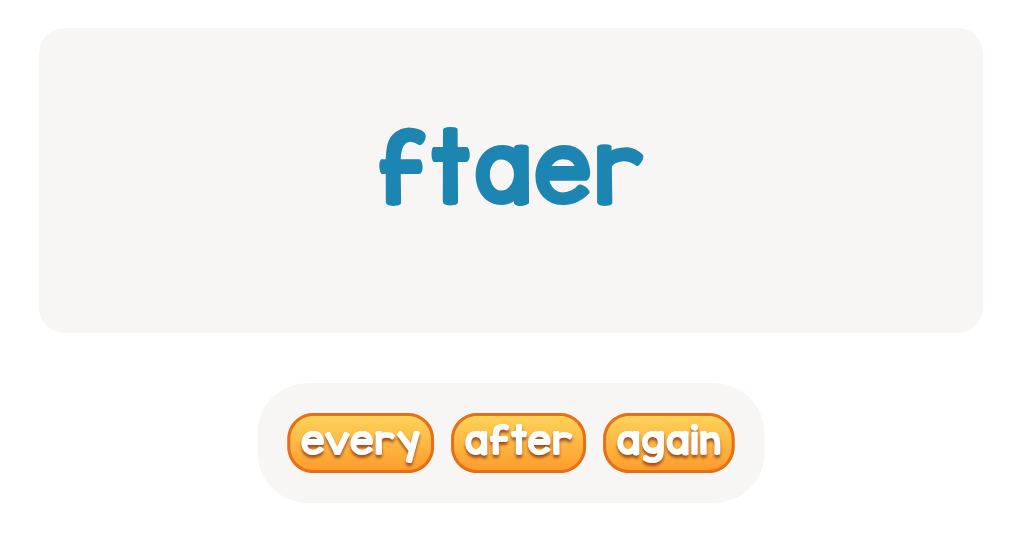
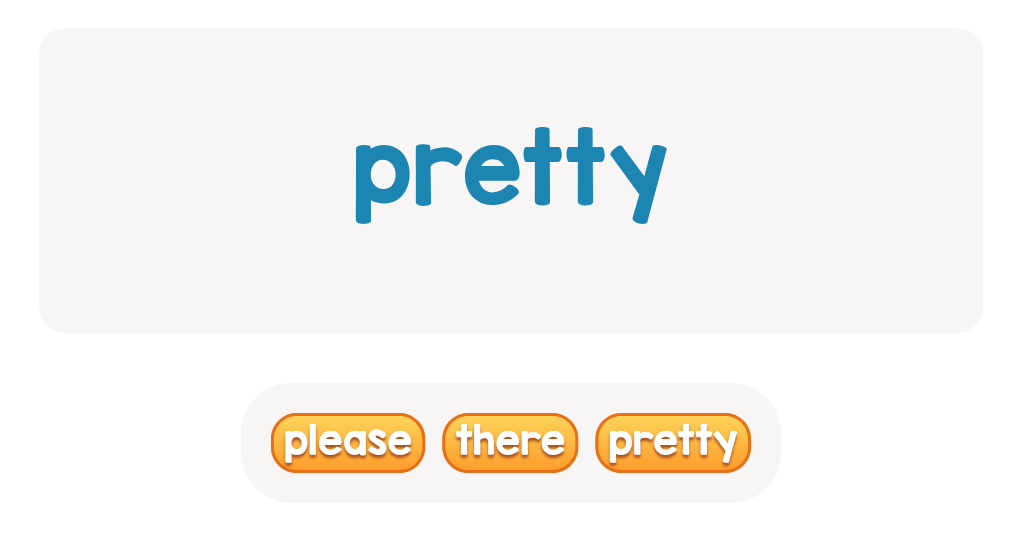
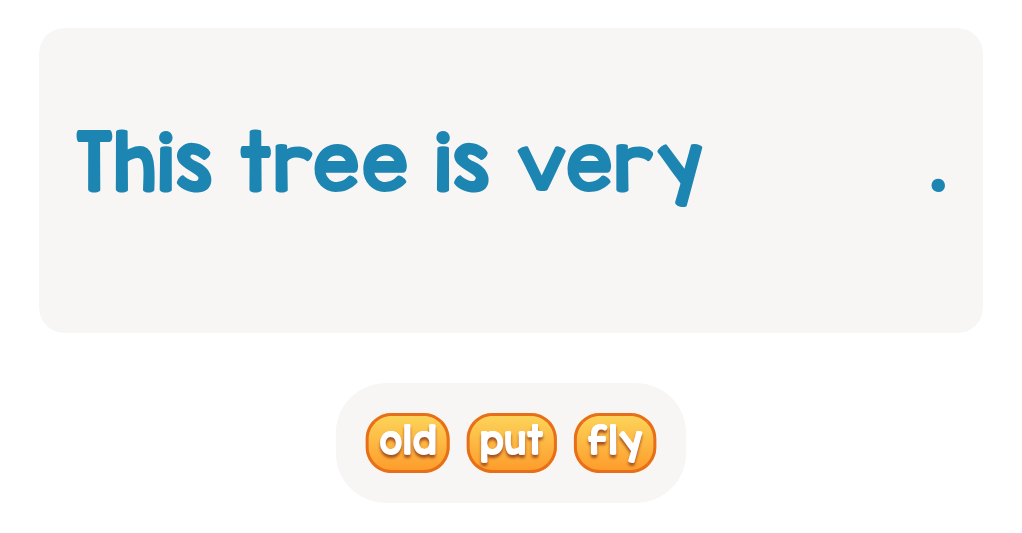
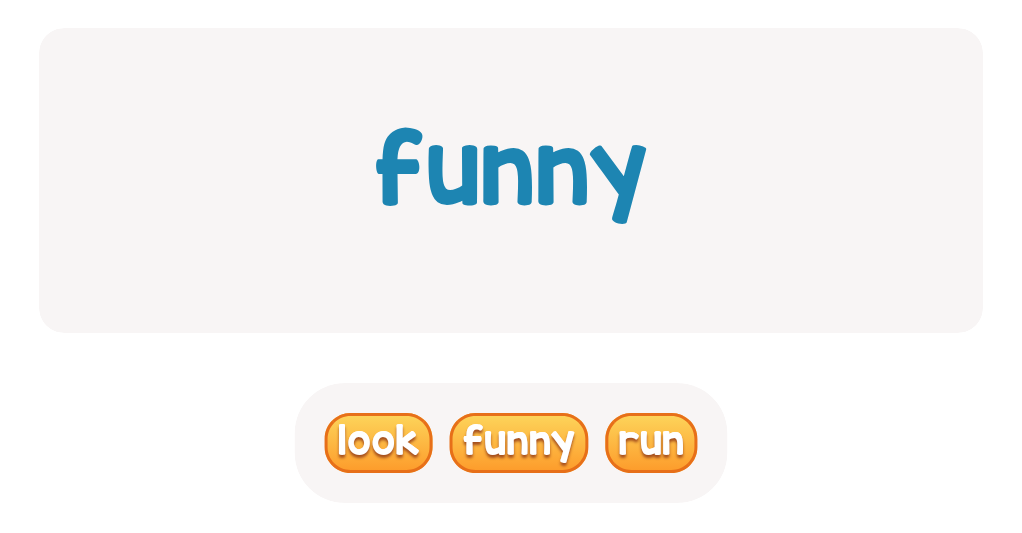
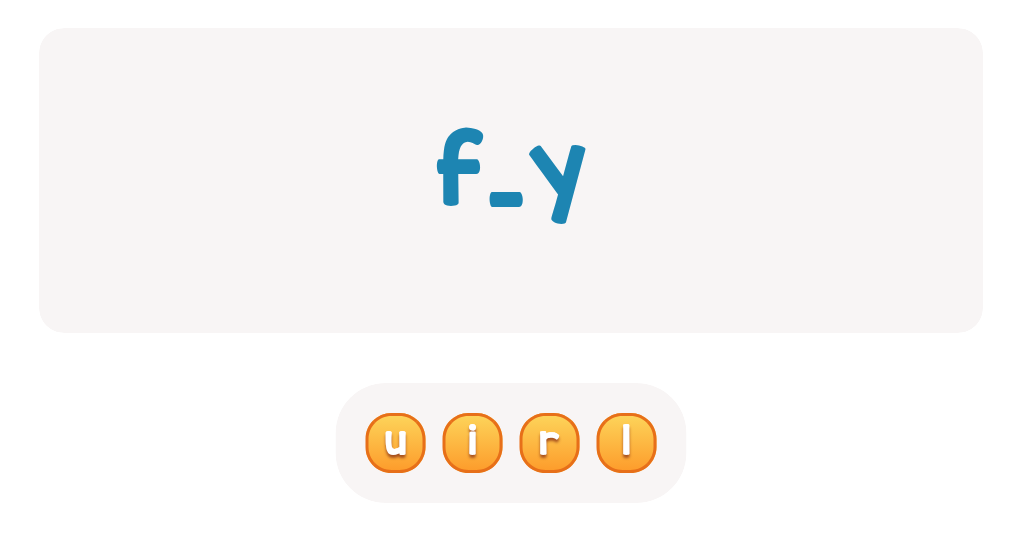

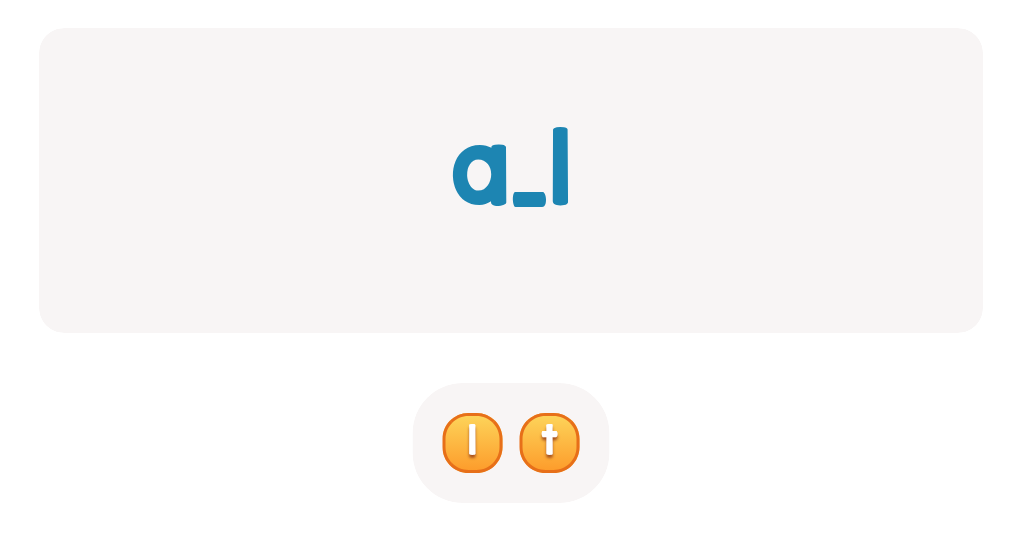



.jpg)



